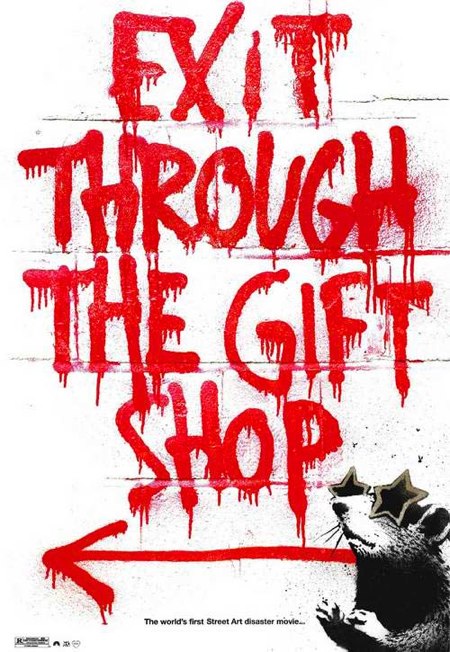2009
6.0

What makes a novel unfilmable? With regards to The Road, John Hillcoat's adaptation of Cormac McCarthy's novel of the same name, many critics have settled comfortably on the director's inability to capture the “tone” of the novel. The novel itself is a compact epic about the condition of the human soul under intolerable pressure and the small means by which one survives both personal and global catastrophe. McCarthy's “tone” is one of patience and grief; love and doubt. Evoking a sense of American spiritualism, McCarthy's novel is spacious even at claustrophobically suspenseful moments. The text's episodes are punctuated by the physical blank space on the page which isolate them from each other and give the reader an indeterminable sense of time passing. And rightly so, as the characters themselves have no sense of time. As the father himself says “for ever is no time at all.” Perhaps this is the biggest difference in tone: where McCarthy strips away the artifice of his medium (including chapter markers, punctuation and character names) in an effort to connect the reader viscerally to the tragedy of his story, Hillcoat pads his melodramatic adaptation with cinematic fluff only occasionally exhibiting a capacity to transcend cinematic restrictions.
In this way director and elder protagonist are ethically linked. Throughout the film, the father (Viggo Mortensen) fails to reconcile his now-archaic morality with its absence in the post-apocalyptic world. He renders everything in black and white terms: they are bad because they cannibalize and we are good because we suffer before God. In a civilized world this view is functional, if overly simplistic, but morality in the new world is as useless as the scattered dollar bills and shelled out computers found in the ash covered country houses and burnt-out cities of the film. The Road represents a world in which economic and moral systems of value have imploded. The Father clings desperately to his roots as a conscientious human being though he gradually sheds his sense of identity when he leaves his wedding ring and photo of his wife behind. Still, he continues to draw lines on a canvas that no longer exists and never fully abandons himself to the moral grey zone of the new world. What is more complicated still is that this self-righteous “good man” is also a bigot. Though he claims faith, he trusts no one. By the film's conclusion he has not fully reconciled himself to the overhanging cloud of savagery which has been creeping in on him as slowly as death.
So too does Hillcoat never fully abandon the pretenses of narrative in favor of a post-Hollywood cinema the likes of which might have stunned unsuspecting viewers. Of course, this is not entirely his fault. A film is not a novel. A film, at least on this kind of scale, is not an individual endeavor. Even if Hillcoat had desired to supersede the rigorous guidelines of the American studio system it is quite likely that an intolerable amount of bureaucracy would have stood in his way. Be that as it may, let us not forget Billy Wilder. Or Hitchcock. No doubt comparing John Hillcoat to Alfred Hitchcock is going to sound crass and controversial but the point is that expansive, subversive work can be realized under the restrictive hold of the modern studio system but it must be done fastidiously and with great inspiration.
So, it isn't Sunset Boulevard or Rear Window but The Road is not a complete wash. Though Hillcoat lacks total authority over the original text, nevertheless the film does a couple of things quite well. Javier Aguirresarobe's cinematography is a manic depressive relative of Roger Deakin's on Andrew Dominik's The Assassination of the Jesses James. Here, rather than fields of golden wheat and snow covered valleys, Aguirresarobe elegantly captures each dying blade of grass and sagging telephone poll. In flashback, saturated cold orange light is expertly used in contrast with the film's monochromatic present tense. Also in common with Jesse James is a score from Nick Cave and Warren Ellis, the purveyors of dark Americana. Unfortunately, due to the film's already heightened and over-milked melodrama, Ellis and Cave's score is insultingly ineffective. Perhaps the snatches of diegetic piano music occurring occasionally throughout the film would have sufficed. Mortensen puts in another performance for the books, although Kodi Smit-McPhee as his son manages to upstage him at crucial moments. Charlize Theron is fine in flashback sequences as an emotionally devastated mother who chooses death over suffering. The singular recurring prop, a pistol with two bullets, resonates with intense dual meaning: survival or suicide.
In the end we are faced with what The Road could have been (elegiac tone poem) and what it is (moralizing studio melodrama). For what he might have intended to do with the text, perhaps it best to say that Hillcoat attempts too much. Despite minimalist dialog the film covers morality, God, the myth of Prometheus, value systems, modern family relationships (the film's finale resoundingly concludes that the rural Christian nuclear family, dog included, is best) in the context of a psychological thriller that simply doesn't excite. In short, there is too much pristine imagery and not enough acting. The depth of the characters' relationships rely too much on audience inference, which is ironic given how often Hillcoat forcibly directs our sympathies. In the future the director must commit himself more fully to his work lest it disappoint audiences on both ends of the cinematic spectrum.



